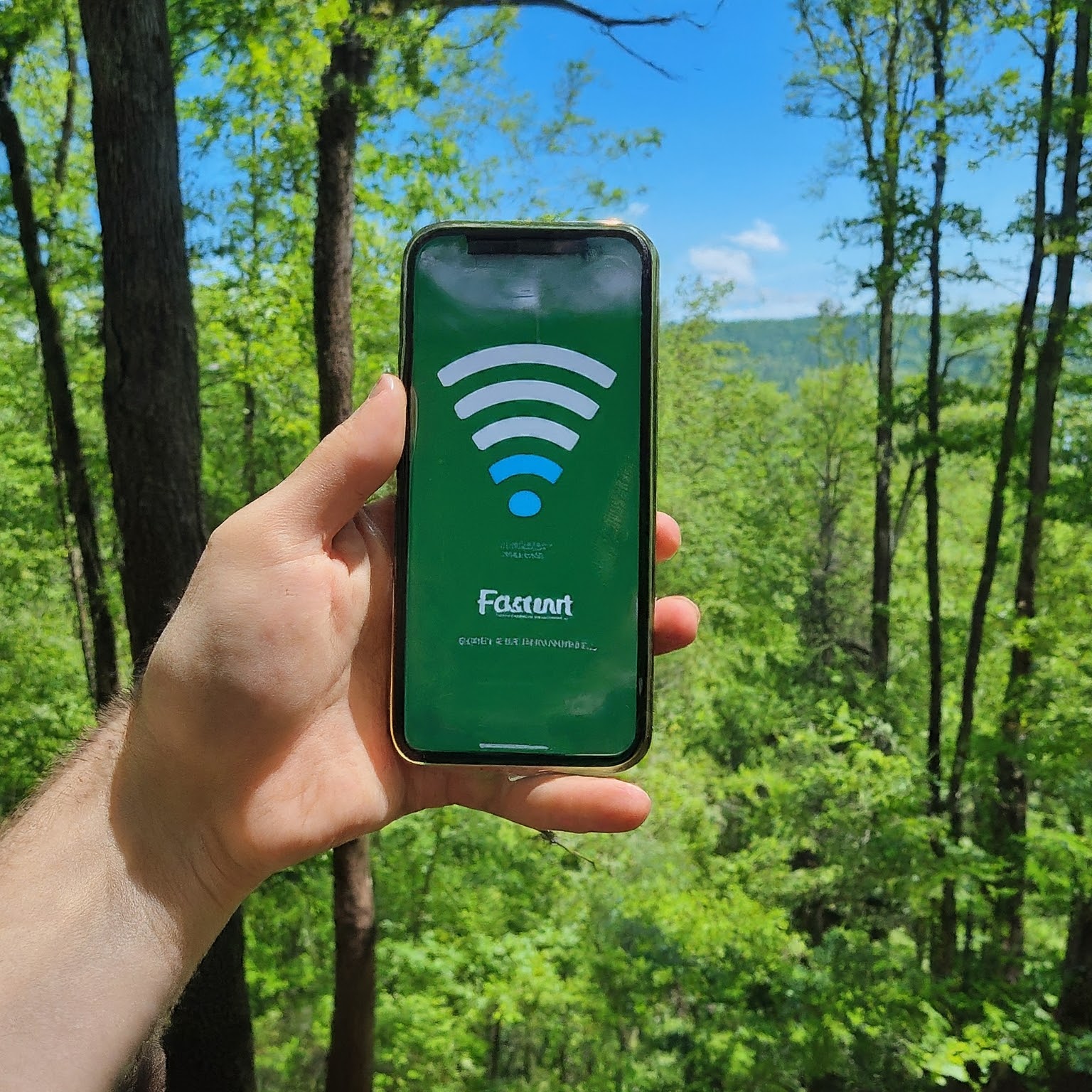In the critical moments of emergencies, reliable communication is paramount for first responders. The FirstNet network was established to address this vital need, providing a dedicated, nationwide broadband platform for public safety. This article delves into the intricacies of FirstNet, exploring its origins, capabilities, impact, and future prospects.

The Birth of FirstNet: A Vision Realized
The concept of a dedicated network for public safety emerged from the recognition of the challenges faced by first responders during major emergencies. Traditional commercial networks often become overwhelmed during disasters, hindering communication and coordination efforts. To address this issue, the FirstNet initiative was born.
Through a public-private partnership, FirstNet was built as a nationwide, high-speed LTE network specifically designed for public safety. This dedicated network ensures priority access for first responders, allowing them to communicate seamlessly and efficiently, even in the most demanding conditions.
Core Features and Capabilities of FirstNet
FirstNet offers a comprehensive suite of features and capabilities tailored to the unique needs of public safety:
- Priority and Preemption: FirstNet prioritizes public safety communications, ensuring that first responders have reliable access to the network, even during times of high network congestion.
- Band 14 Spectrum: The network operates on Band 14 spectrum, which is dedicated to public safety and offers superior coverage and capacity.
- Interoperability: FirstNet promotes interoperability among different public safety agencies, enabling seamless communication and collaboration.
- Data and Video Capabilities: The network supports high-speed data and video transmission, enabling first responders to share critical information and situational awareness.
- Cybersecurity: FirstNet prioritizes cybersecurity to protect sensitive data and ensure the integrity of the network.
FirstNet in Action: Real-World Impact
FirstNet has proven to be a game-changer in public safety operations. Numerous examples highlight the network’s impact:
- Disaster Response: During hurricanes, wildfires, and other natural disasters, FirstNet has enabled first responders to coordinate efforts effectively, saving lives and property.
- Critical Incident Management: In active shooter situations and other critical incidents, FirstNet has provided reliable communication channels for law enforcement and emergency medical services.
- Day-to-Day Operations: Beyond emergency response, FirstNet supports the daily operations of public safety agencies, improving efficiency and productivity.
Challenges and Future Directions
While FirstNet has made significant strides, challenges remain. Expanding coverage to rural areas and ensuring seamless indoor penetration are ongoing priorities. Additionally, the network must continue to evolve to meet the evolving needs of public safety.
The future of FirstNet includes exploring advanced technologies such as 5G and emerging public safety applications. By staying at the forefront of innovation, FirstNet can continue to enhance its capabilities and better serve the public safety community.

Conclusion
FirstNet has revolutionized public safety communications by providing a dedicated and reliable network for first responders. Its impact on emergency response and day-to-day operations has been immeasurable. As technology continues to advance, FirstNet will undoubtedly play an even more critical role in safeguarding lives and property.